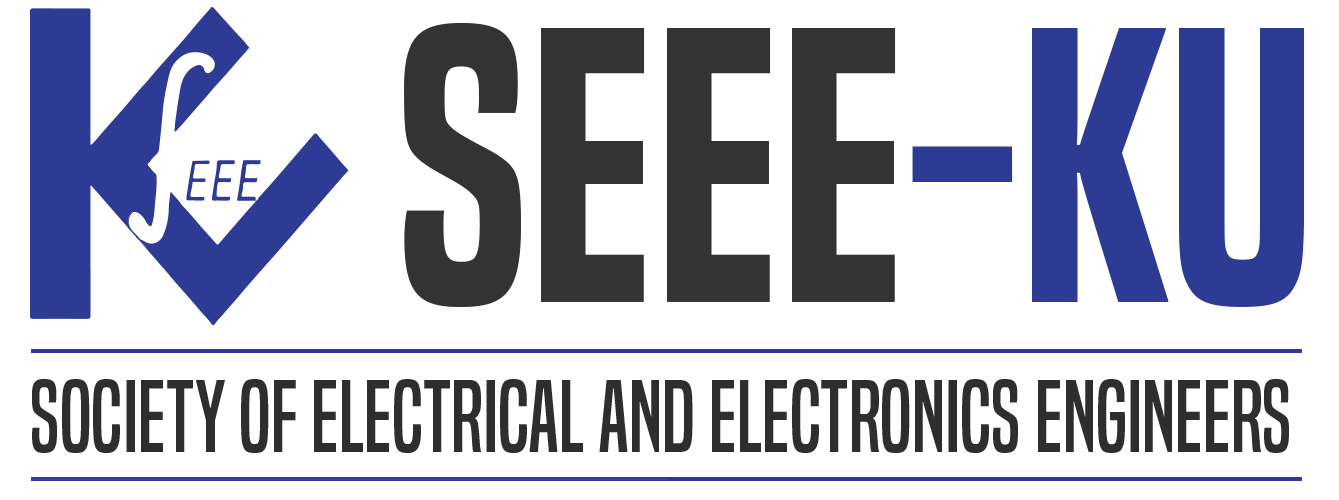What comes to your mind while thinking about embedded systems? Is it the 8085, 8086 that you read or will read in your upcoming semester, or a whole system such as computers, and laptops? Embedded systems are dedicated computers built into another device (either a small gadget or larger equipment) that perform one or more specific functions such as controlling or monitoring the device. For example, a fire alarm is an embedded system; it will sense only smoke.
The overall architecture of an embedded system

A sensor helps you to measure the physical quantity and converts it to an electrical signal. It also stores the measured quantity in the memory. This signal can be ready by an observer or by any electronic instrument such as an A-D converter. A-D converter (analog-to-digital converter) converts an analog signal sent by the sensor into a digital signal. Memory is used to store information. The Embedded System majorly contains two memory cells, volatile and non-volatile memory. Processors & ASICs process the data to measure the output and store it in the memory. D-A converter (digital-to-analog converter) converts the digital data fed by the processor to analog data. An actuator allows comparing the output given by the D-A converter to the actual output stored in it and stores the approved output in the memory. Also called negative feedback.
Embedded systems are characterised by these qualities: correctness of the results at the right time and in the right order, fault tolerance against sudden power loss, hardware defaults, loss of memory, etc. No downtime should typically run unattended for a long time, which can be days, months, years, or throughout the life of the hardware. Real-time constraints can be classified as hard real-time where a certain response must occur within a strict deadline example fuel injectors and soft hard-time where short time overrun is allowed example garage door opener. Predictability of the amount of time to execute an operation.
General-purpose computers can run different types of programs and software and are for general purposes, embedded systems typically perform a reliably uninterrupted single task with limited resources. Many big systems are made up of several embedded systems, each performing a specific function. Even though computers are general-purpose systems, peripheral devices like mouse and keyboards have embedded systems in them, which helps to receive the input and send the signals to the computer.
There is a common misconception that embedded systems are only based on microcontrollers (e.g., the Arduino family). While the majority of the embedded systems employ microcontrollers, there are some cases where microprocessor systems are used, especially in the case of more complex designs to provide added functionality. In fact, embedded systems can be implemented using microcontrollers, microprocessors, digital signal processors (DSP), field-programmable gate arrays (FPGA) and other gate arrays, application-specific integrated circuits (ASIC), GPU technology, etc. So, embedded systems are not defined by which kind of processing system it has used, but by its architecture and functionality.
Embedded systems are present everywhere. They are used in rockets and space-related programs. The first modern embedded system was the Apollo guidance computer used in the Apollo program, which collected data automatically and provided mission-critical calculations for the Apollo Command Module and Lunar Module. Even though desktops and laptops are not considered embedded systems, the peripheral devices used in these computers like keyboards, mouse, printers, etc. have embedded systems that are used to detect the input and communicate with the CPU. In addition to these, embedded systems are used in GPS systems, medical equipment, digital household devices like alarm clocks, thermometers, calculators, lighting systems, etc. Embedded systems are widely used in industries. Embedded systems are at the heart of rapidly growing industries like artificial intelligence (AI), virtual reality (VR), the internet of things (IoT), wireless sensor networks (WSN), etc.
With the ever-increasing use of embedded systems, it seems a good field to explore and get into. The first step could be to use a microcontroller (Arduino, to be specific) based embedded system and then move on to industry-level systems.

Figure 1: Example of an embedded system: a very large two-stroke marine diesel engine. If you look closely, you can see engineers standing on the cylinder head.
Source: https://global.kawasaki.com/en/mobility/marine/machinery/2cycle.html
Article by Raj Bakhunchhe and Sashank Shrestha

